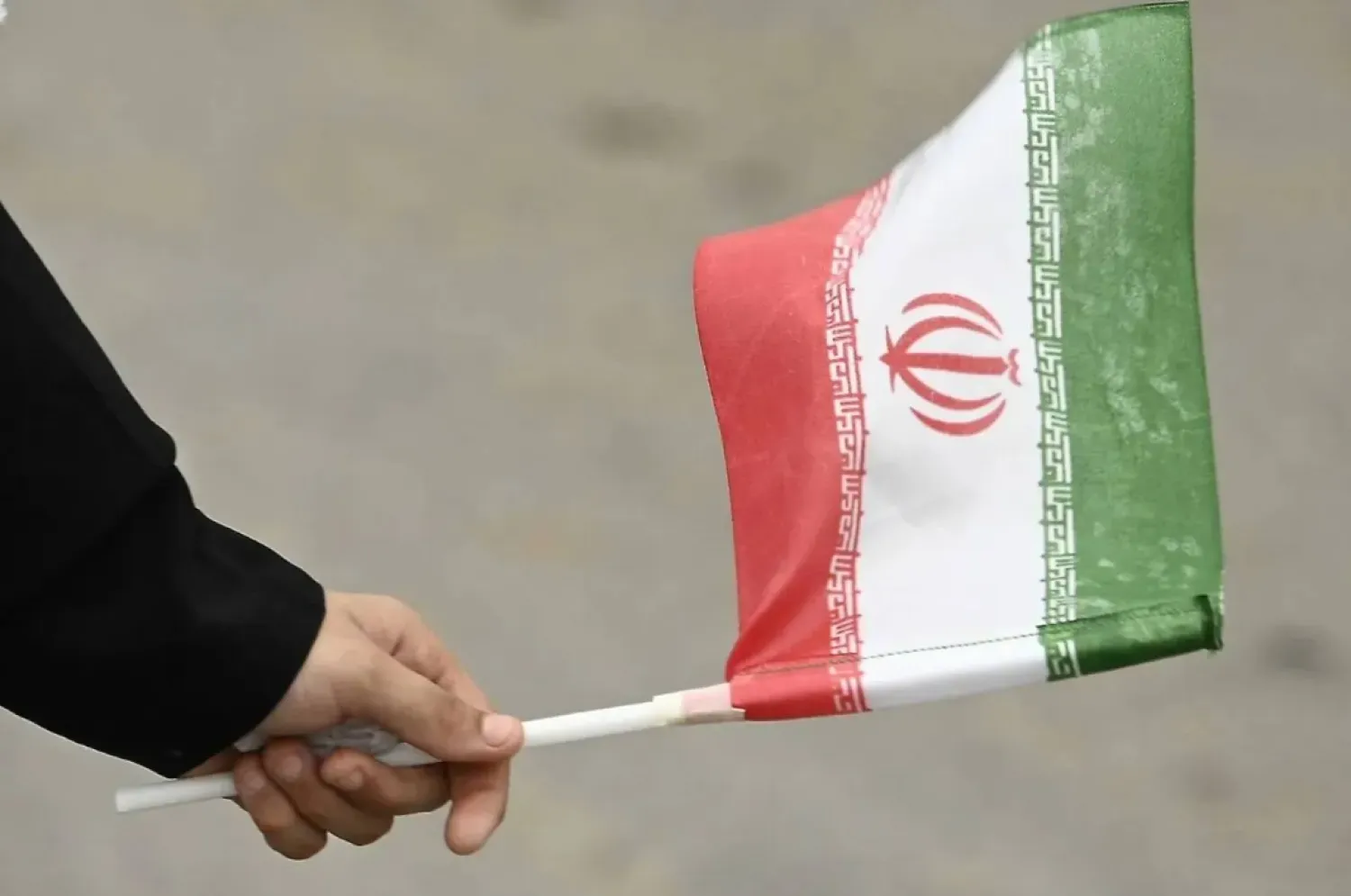Britain's government will on Tuesday set out plans for a new law barring those entering the country through unofficial routes from claiming asylum, in a bid to stop tens of thousands of migrants arriving on its shores in small boats.
Prime Minister Rishi Sunak has made stopping boat arrivals one of his five key priorities after the number of migrants arriving on the south coast of England soared to more than 45,000 last year, with around 90% applying for asylum, Reuters said.
The new legislation will mean anyone who arrives on small boats will be prevented from claiming asylum and deported to so-called safe third countries, Sunak wrote in an article in The Sun newspaper on Tuesday.
"Those arriving on small boats aren’t directly fleeing a war-torn country or facing an imminent threat to life. Instead, they have traveled through safe, European countries before crossing the Channel," he said.
"The fact that they can do so is unfair on those who come here legally and enough is enough ... This new law will send a clear signal that if you come to this country illegally, you will be swiftly removed."
Just under two-thirds of those who arrive on small boats are granted asylum or another form of humanitarian protection, Home Office figures show.
The Refugee Council charity said tens of thousands of genuine refugees who would previously have been granted asylum would be "locked up like criminals" under the plans, which would "shatter" Britain’s commitments under the UN refugee convention.
Anger over immigration in some areas has played a defining role in British politics over the last decade, and was deployed successfully by campaigners as a tool to fuel support for Brexit ahead of the 2016 referendum.
Controlling immigration was the third-most important issue for voters after the economy and the running of the health service, polling by YouGov found in November, with 87% of the public saying the government was handling the issue badly.
While the number of applications for asylum in the UK hit a 20-year high of nearly 75,000 in 2022, they are still below the European Union average. Germany received more than 240,000 asylum applications last year.
Opposition parties and charities have questioned whether the latest plans would be any more effective than previous attempts to deter people from making the Channel crossing, which has proved profitable for human traffickers and perilous for migrants.
Four drowned in December when their boat capsized. Last year, former Prime Minister Boris Johnson agreed a deal to send tens of thousands of migrants - many having made the journey from Afghanistan, Syria or other countries torn apart by conflict - more than 4,000 miles away (6,400 km) to Rwanda.
But the first planned deportation flight was blocked in June by a last-minute injunction granted by the European Court of Human Rights (ECHR), and the strategy's lawfulness was subsequently challenged at London's High Court.
The court subsequently ruled it lawful in December, but opponents are seeking to appeal that verdict. It is expected the legal battle will end up in the UK Supreme Court and may not be resolved for months.
Sunak will meet with the French President Emmanuel Macron on Friday when he is expected to ask for more cooperation in tackling the gangs involved in cross-Channel people smuggling.
Once the small-boat crossings have ended, Britain would be prepared to create more legal routes for asylum seekers, Sunak said last year. But he has not said what these will be.









